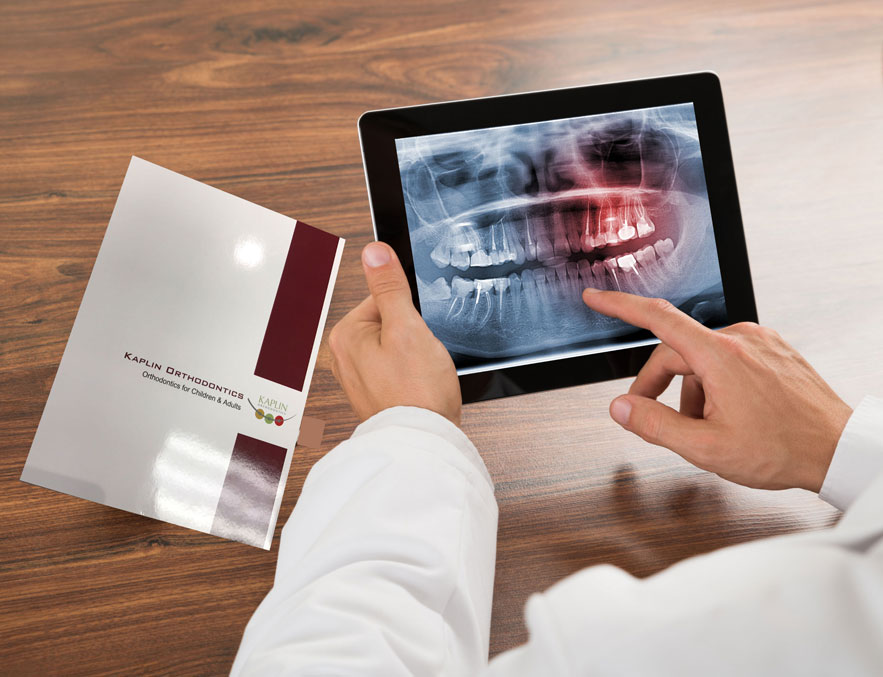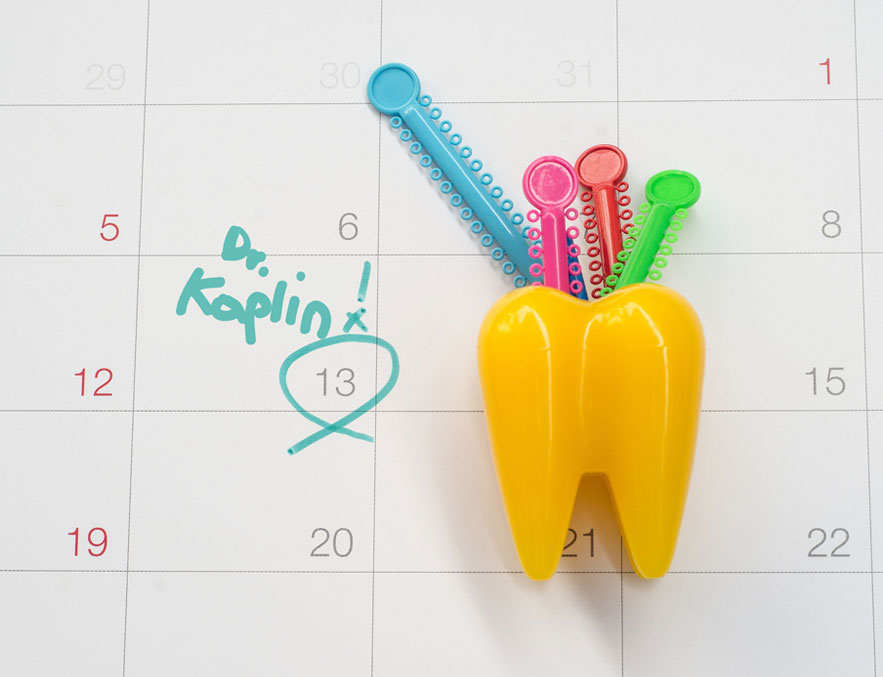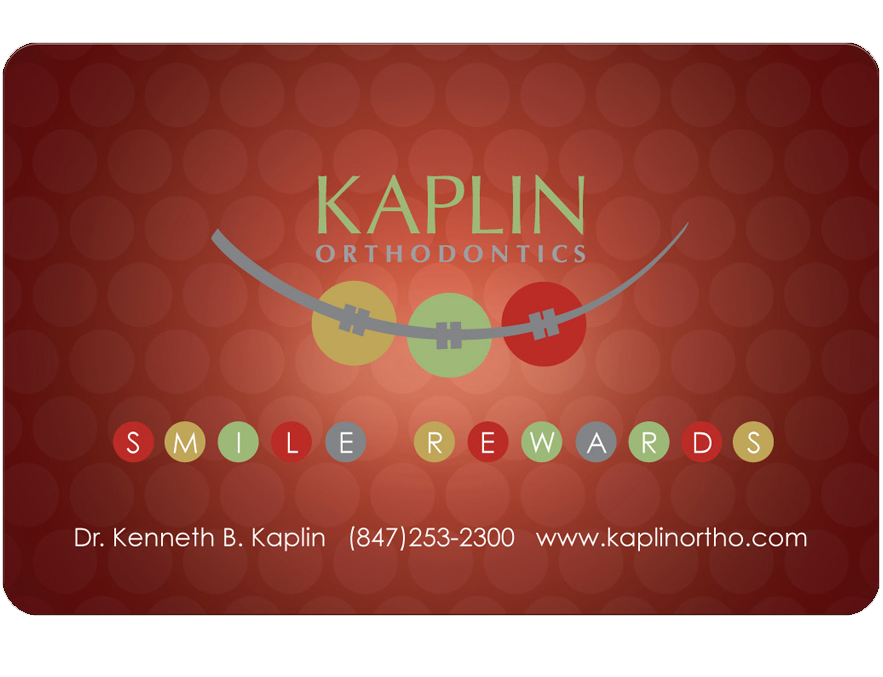Orthodontic Appliances
Correcting jaw-growth problems is done by the process of dentofacial orthopedics. Some of the more common orthopedic appliances used by orthodontists today that help the length of the upper and lower jaws become more compatible include:
- Headgear: This appliance is an overbite correcting device that holds the upper jaw back and lets the lower jaw catch up over time. Headgear may be removed by the patient and is usually worn 8 to 10 hours per day.
- Herbst: The Herbst appliance is usually fixed to the upper and lower molar teeth and may not be removed by the patient. By holding the lower jaw forward and influencing jaw growth and tooth positions, the Herbst appliance can help correct severe protrusion of the upper teeth
- Palatal Expansion Appliance: A child’s upper jaw may also be too narrow for the upper teeth to fit properly with the lower teeth (a crossbite). When this occurs, a palatal expansion appliance can be fixed to the upper back teeth. This appliance can markedly expand the width of the upper jaw
The decision about when and which of these or other appliances to use for correction is based on each individual patient’s problem. Usually one of several appliances can be used effectively to treat a given problem. Patient cooperation and the experience of the treating orthodontist are critical elements in success of dento-facial orthopedic treatment



